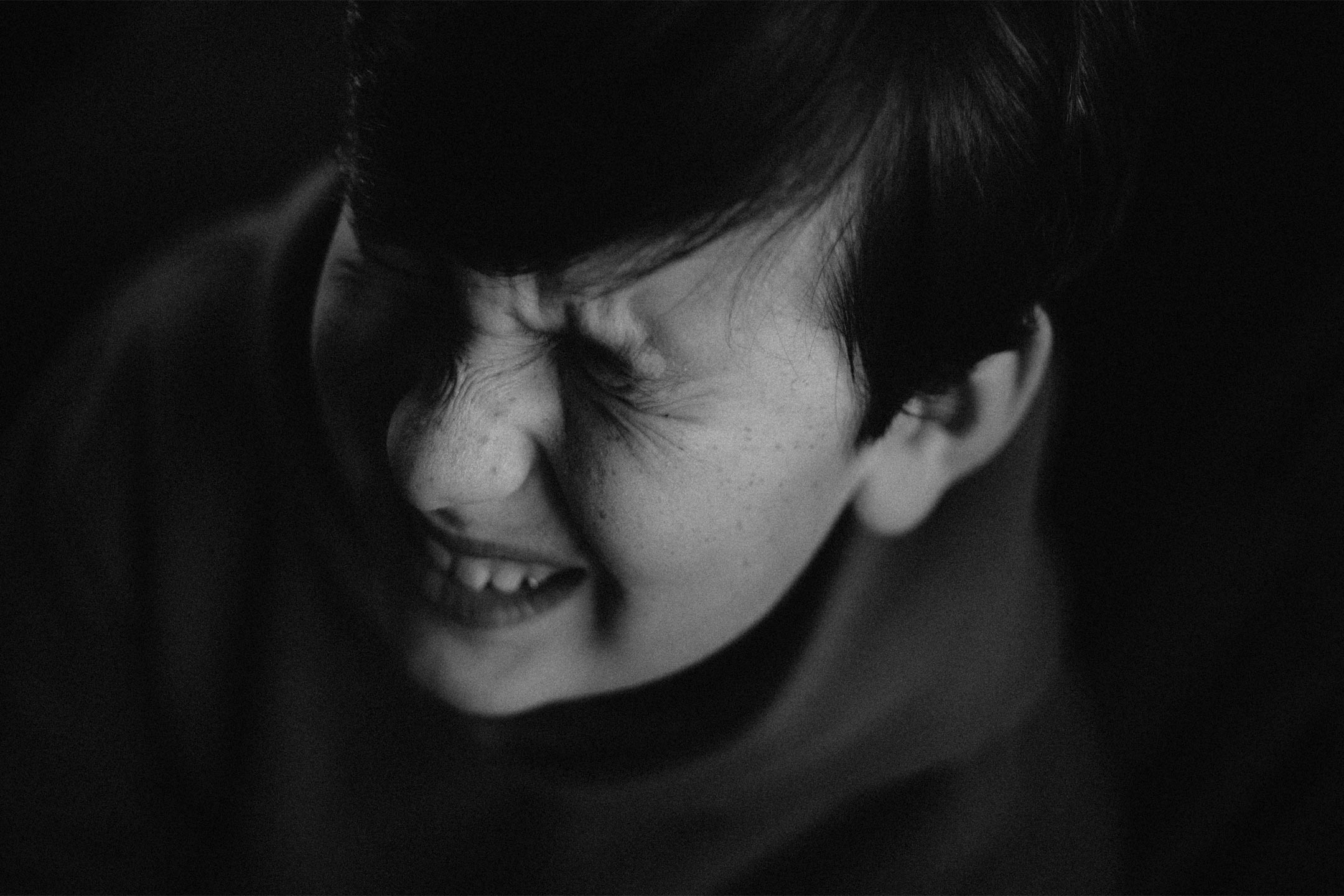
28 Oct Expert’s tips to cope with 5 major challenges that autism families have faced during the pandemic
The outbreak of COVID-19 has markedly changed the lives of Australia’s 350,000-plus autism families, says Ash Bhattacharya, a leading autism educational expert.
He is calling for greater awareness of the challenges the COVID-19-related lockdowns and social restrictions have presented for autistic children, revealing five tips for families to cope with them.
“The economic shutdowns and social restrictions as a result of the pandemic has presented a perfect storm of challenges for children with autism and their families. A common feature of children on the autism spectrum is an obsession with routine, but this was disrupted – especially when families became confined to their homes during the lockdown. Ash says.
“The lockdown also saw the temporary closure of many organisations providing care or autism education programs. This left parents to independently manage the daily or hourly issues related to their child’s condition – from helping them focus on homework to managing their meltdowns. Most families would have had experience handling these problems, but not 24 hours a day, and with limited outdoor playtime.”
The five key challenges the COVID-19 pandemic presents for autistic children – and how families can cope with them:
- Major disruptions to routine. Social restrictions have led to drastic routine changes for children on the autism spectrum. For instance, during the lockdown, they could no longer go to school, to the park, or see their extended family members. Routines are sacred for many children on the spectrum. It enables them to know what they need to do throughout their days and attach what’s going on in the world around them to something real. During this time, the challenge for parents is to create a new routine that makes their children feel safe and understood. Wherever possible, providing advance notice to kids about any upcoming changes in routines – through visual cues or social stories – could go a long way in preventing difficult behaviour or meltdowns.
- Lack of understanding or awareness of what’s going on. Many autistic children do not fully understand why the world has suddenly changed, resulting in increased anxiety. This often manifests in tics or disruptive behaviour. During this uncertain period, it is necessary for parents to communicate with their child what is going on and to try and maintain a ‘safe zone’ at home with their child’s favourite things. By creating an environment of certainty within the confines of the home, the child recognises that there is always a place for them in the home, where everything is just the way they want. This creates a strong anchor for the child.
- Spending too much time together as a family, in the absence of school and social interactions. One of the key challenges that many parents face with older autistic children is straying, where they wander out of homes or away from caregivers. The recent tragic event in Victoria where an autistic boy strayed from family and was later found dead is one example. While many children on the spectrum are aware of the importance of being connected to someone or something, they would have found it strange to spend so much time with their immediate family members during the lockdown. When autistic children escape, they are generally trying to communicate something or escape from an overly stimulating situation. To cope with this potentially dangerous behaviour, parents must firstly strive to understand the reason for straying, and then take precautions to prevent it, such as securing their home and developing a safety plan with family, neighbours and community members. They should also teach safety skills through social stories, that is, words or pictures used to teach particular social skills and explain challenging situations to autistic kids.
- Difficulty comprehending, and adjusting, to new rules. New family dynamics and rules must be embraced, especially as social restrictions are likely to be around for the foreseeable future. While autistic children may find it hard to understand complex rules and changing social restrictions, creating simple visuals or social stories are extremely useful in helping them to know what they can or cannot do. Autism 360 provides parents with a simple ‘drag n drop’ tool to create their own visual stories that they can easily share with their child. Parents should consider printing out, laminating and keeping these visuals in prominent places – such as on the fridge, behind the bathroom door, or in the car – to ensure their child can easily reference them whenever they need.
- Inconsistencies between rules at school and in the home and at school. School-to-home communication systems are extremely important as all schools across the country return to operating normally. As neurodiverse kids thrive on consistency, such systems would ensure that the parent finds out what rules and communication cues are being used at school, and then using those same rules in the home. For instance, if the child has a visual reminder to use hand sanitiser every time they enter the classroom after recess or lunch, then parents should adopt the same visual to motivate the child to use hand sanitiser when they come into the home. This drives consistency and makes it easier for the child to follow instructions, ensuring their safety and that of others. The system doesn’t have to be any fancy – a simple checklist of key items that is exchanged frequently between the parent and the teacher should do the job.
Ash Bhattacharya is the CEO and Founder of leading online community resource for autism parents, AutisMag (autismag.org), which runs a popular digital in-home program Autism 360. Delivered by parents, Autism 360 has grown by 460 per cent since March and has helped hundreds of families across Australia provide vital support for their children at home.

